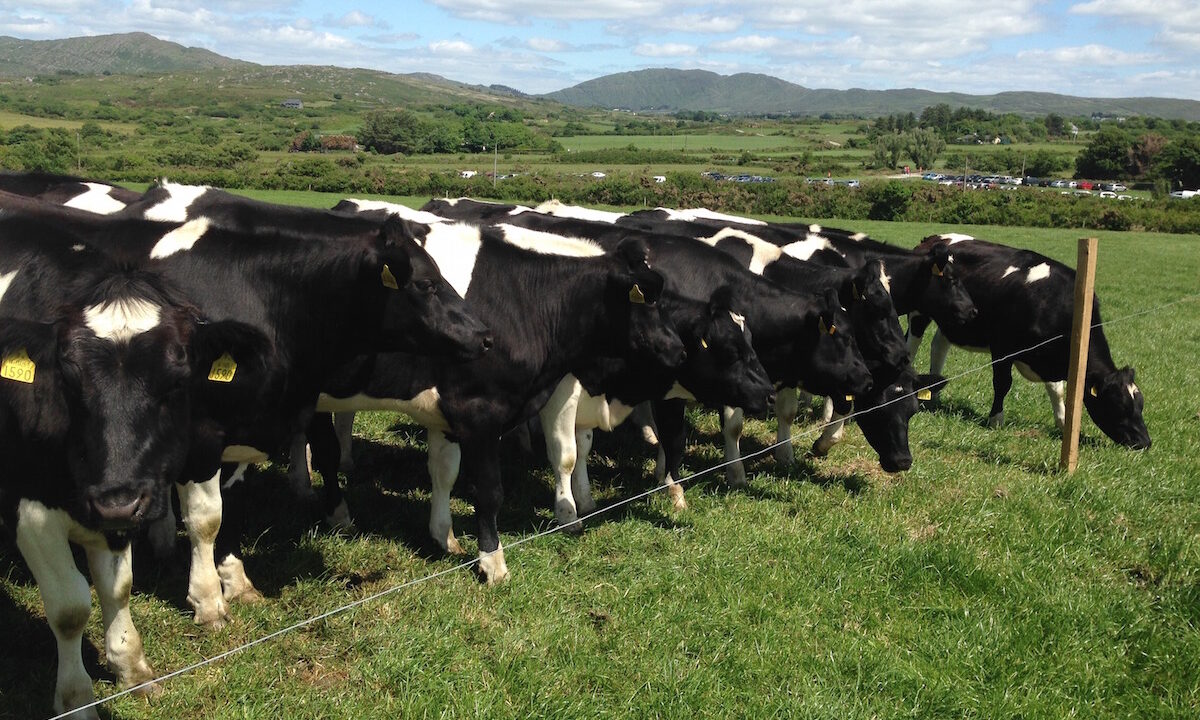Milk production in the EU-28 is expected to rise in 2017 on the back of improved yields, according to the European Commission.
Although the dairy herd is forecast to shrink by 1.6% during this period, it is expected that yields will continue to improve by 2.0%, leading to a 0.6% rise in deliveries for the year ahead.
The EU dairy herd is expected to shrink by roughly 380,000 head, with a large proportion of this reduction a direct result of the Netherland’s Phosphate Reduction Plan. The European Commission approved that country’s interim Phosphate Reduction Plan at the beginning of February this year. If targets are achieved, it will allow the Dutch to retain their nitrates’ exemption for 2017.
The plan covers five areas. These include the dairy sector plan, the farmers’ stoppers plan, the feed plan, the intensive livestock plan and termination of the regulation exemption production rights.
The expected cull of dairy cows could see a 6.6% reduction of the herd, down to 2.27m, according to estimates. Depending on how farmers decide to meet the targets, Dutch milk production could fall around 6-10%.
According to the Commission, EU-28 milk deliveries will rise through the spring and reach levels similar to 2016 by the end of the second quarter. Assuming prices paid to farmers do not drop significantly, it is expected that deliveries will continue to grow in the second half of the year, rising above the previous year’s levels.
Impact on prices
Several factors could impact on prices however, mainly related to growth in global milk supplies and high SMP stock levels. Deliveries from both the US and New Zealand are likely to increase through the year, although demand for both butter and cheese remains strong. What remains to be seen is if the growth in demand will be sufficient to balance any rise in milk production, without negatively impacting prices.
Another unknown is the impact the SMP intervention stocks will have on milk prices. Currently, high butter prices are sustaining milk prices, despite relatively low SMP prices. How and when these stocks are released, along with trends in butter prices, will play an important role in how milk prices develop through the year.
